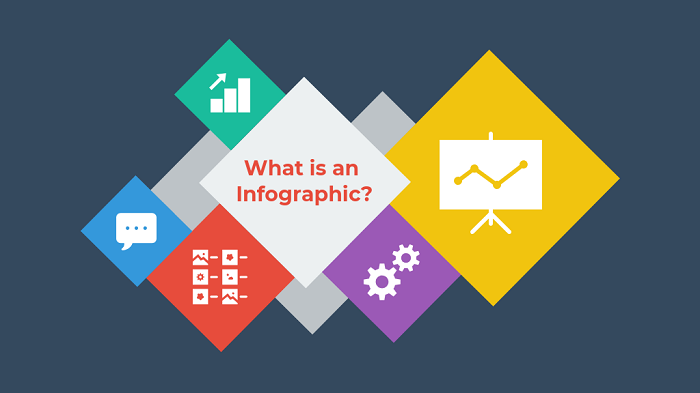Information Graphic
Information Graphic is a graphic visual which represent information and data to present complex information quickly and clearly. Information graphics have been around for many years and recently the increase in the number of users, free tools have made the creation of infographics available to a large area of the population. Social media sites such as Facebook and Twitter have also allowed for individual infographics to spread among many people around the world. Infographics are widely used in this period. As we often see newspapers using infographics to show whether and maps. Books and magazines are also found using infographics to understand quickly. Infographic materials are a mix of design, writing and analysis that are ideal for an age of big data.

Firstly, who makes presentations, the rise of data visualization is a development as significant as the release of PowerPoint. A simple way of telling a complex story, if you work with statistics, evidence or information at any level, infographics will be an increasingly important element of your professional communications. Infographics are effective because of their visual element. Humans receive input from all five of their senses(sight, touch, hearing, smell, taste), but they receive significantly more information from vision than any of the other four. When designing the visual aspect of an infographic a number of considerations must be made to optimize the effectiveness of the visualization. Infographics are finding a home in the classroom as well. Courses that teach students to create their own infographic using a variety of tools may encourage engagement in the classroom and may lead to a better understanding of the concepts they are mapping onto the graphic. Infographics can be created by hand using simple everyday tools such as graph paper, pencils, markers, and rulers and many more. However, today they are more often created using computer software and other devices, which is often faster and easier. Although, animated infographics generally attract a wider audience and creates a bigger ripple than static infographics, but keep in mind the higher costs incurred and the longer duration it takes to complete. Essentially, if your topic is rather complex and the explanation isn’t simple enough to show, some viewers might lose focus in their attempts to achieve the idea while you proceed from one point to the other. This often happens especially when loads of data are present and there are plenty of ideas to connect.

Finally, information graphics are widely visualized in our daily life. It’s a good way to explain quickly and easily. There are varieties of factors that are taken into consideration when designing infographics, they can be a highly efficient and effective way to convey large amounts of information in a visual manner. Due to the understanding of infographics we can achieve a lot of knowledge and clear meaning. Therefore, the designers often represent the most important relationship being depicted in an infographic.































